Classical Yoga Philosophy and the Legacy of Samkhya (With Sanskrit Text and English Translation of Patanjala Yogasutra-s,Vyasa Bhasya and Tattvavaisaradi of Vacaspatimisra)
The purpose of this book is to present a systematic discussion of the philosophy of classical Yoga as an interpretation and further elucidation of the philosophy of classical Samkhya, based upon new translations into English of the three most important texts of philosophical Yoga, namely, the Yoga-sutra-s, attributed to a certain Patanjali and usually called the Patanjala-yoga-sutra or Patanjala-yoga-sastra (hereafter simply YS) (ca. CE 350-450); its basic commentary (the Bhasya) attributed to the legendary Vedavyasa (hereafter the VB) (likewise ca. CE 350-450); and a long sub-commentary called a Tika (or Vyakhya) entitled Tattvavaisaradi ("A Skilled Clarification of the Truth") (of Yoga) (hereafter TV) composed by the well known scholar of Indian philosophy, Vacaspatimisra (hereafter VM) (ca. CE 950). The total complex of the translation includes the four sections (or Pada-s) of the YS, inclusive of the "Samadhi Pada," (the concentration section with 51 sutra-s), the "Sadhana Pada," (the meditative practice section with 55 sutra-s), the "Vibhut Pada" (the extraordinary cognitive states section with 55 sutras-s) and "Kaivalya Pada," (the spiritual freedom section with 34 sutra-s). The sutra-s, taken together alone (without commentary), or what is known as the "sutrapatha," number 195. Written commentaries in the case of the YS probably began already with the Bhasya attributed to the legendary Vedavyasa (or the VB). In this regard, the laconic nature of the VB almost appears at times to be a set of scholarly notations, suggesting perhaps that the VB is what is known as a "self-composed" (svopajna) commentary. The Tika (or Vyakhya) of Vacaspatimisra, on the other hand, is a much more elaborate and dense discussion of the the Sutrapatha of Patanjala-yoga-sutra-s (YS) remains elusive. The dates for all three texts are only approximate as is often the case for Sanskrit philosophical texts in the early centuries, especially for the YS and VB, which could easily be plausibly dated in a wider range of ca. CE 200-600.
Get it now and save 10%
BECOME A MEMBER

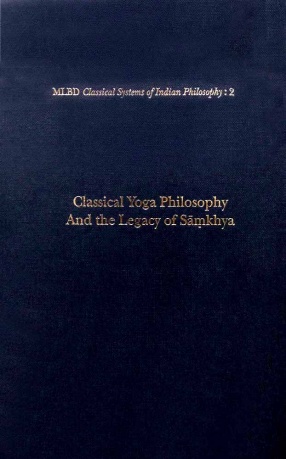
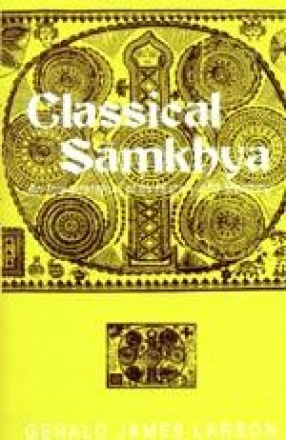

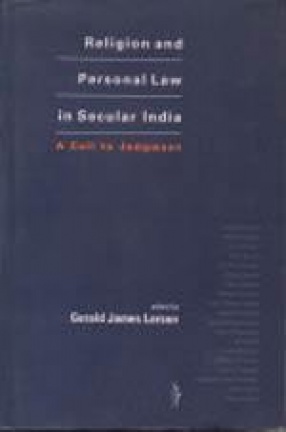
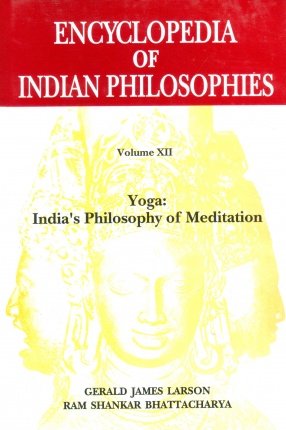
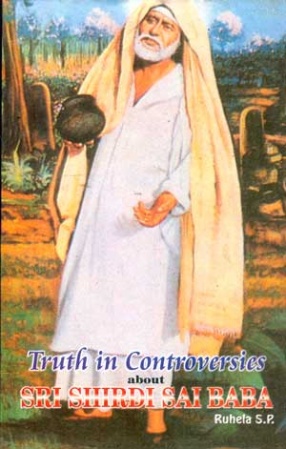


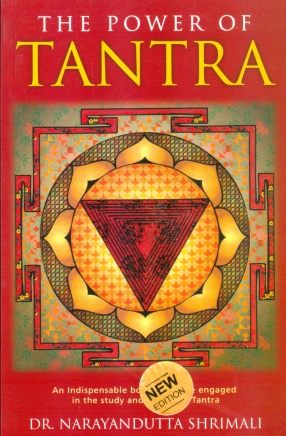

Bibliographic information